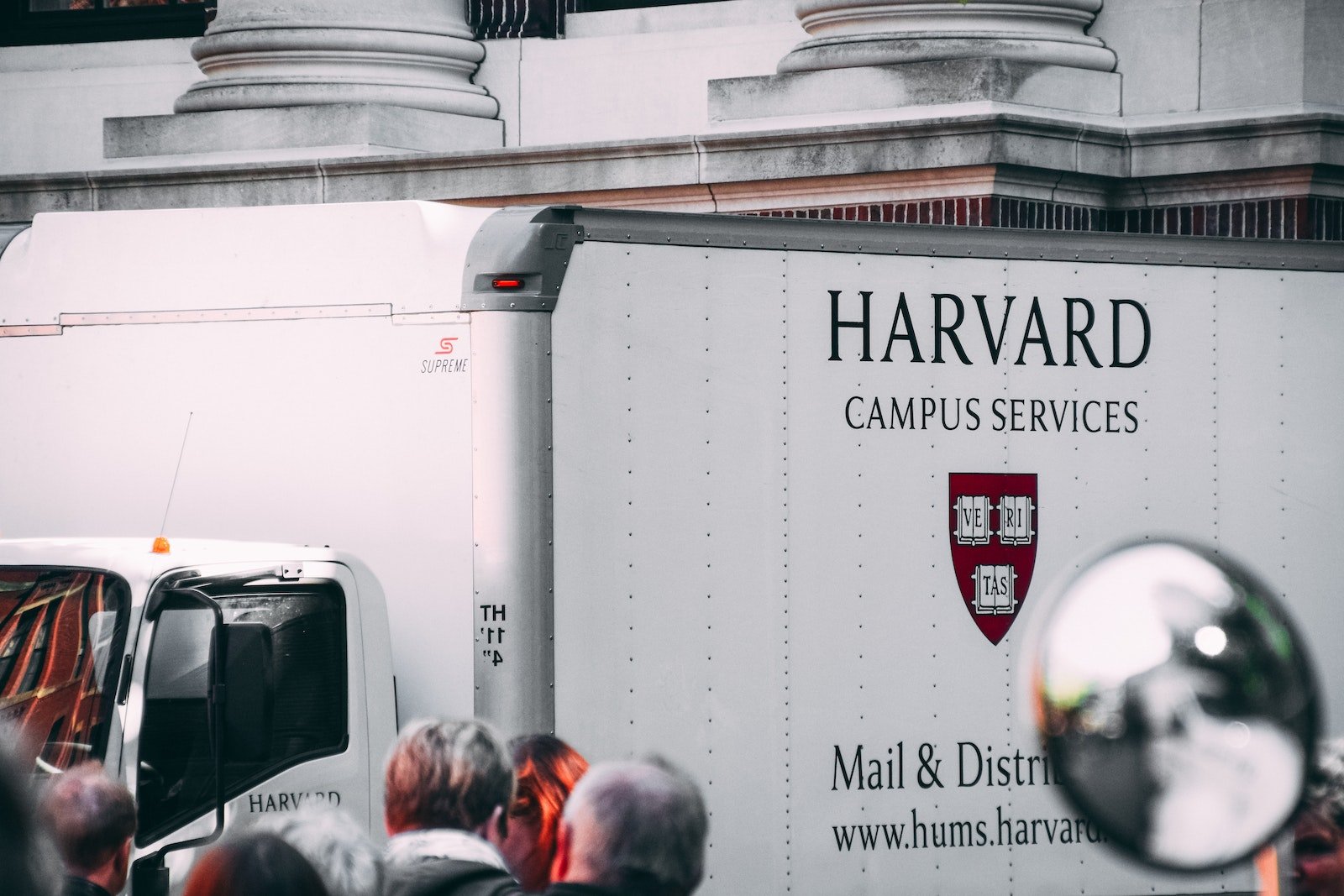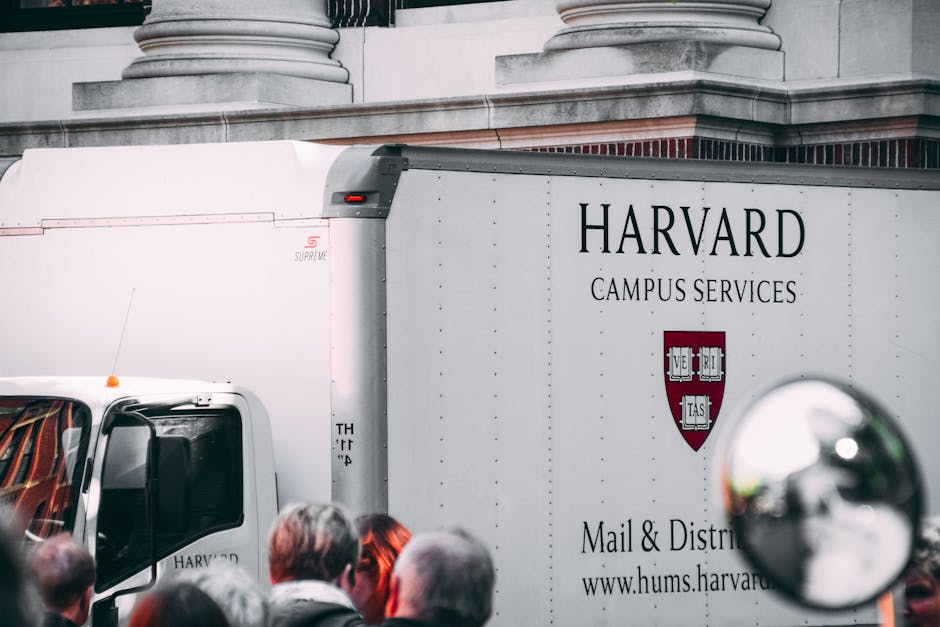The Ivy League is often seen as the pinnacle of the American educational system. But recent years have seen an increasing number of problems with these elite institutions. From unfair admissions processes to outdated curriculums, it’s clear that the Ivy League system is broken.
The rot in Ivy League universities.
There are a number of significant problems with Ivy League universities. Firstly, the admissions process is unfair. Secondly, the curriculum is outdated. Thirdly, Ivy League universities are too expensive.
Let’s start with the admissions process. It is well-documented that Ivy League universities give preference to legacy applicants and wealthy donors. This means that students who come from privileged backgrounds are more likely to get into an Ivy League school than students from less privileged backgrounds, regardless of merit. This is clearly unfair, and it perpetuates inequality in our society.
The curriculum at Ivy League universities is also problematic. A lot of the material taught is outdated and no longer relevant in today’s world. For example, many courses still use textbooks that were published decades ago. This means that students are not getting an accurate education on modern issues. Additionally, the focus on traditional academic subjects means that students are not being prepared for the real world. They are not learning important life skills such as financial literacy or how to start a business.
Finally, Ivy League universities are far too expensive for most people to afford. The average cost of attendance at an Ivy League school is over $90,000 per year! This price tag excludes many talented students from lower-income families from even considering applying to these schools. It’s no wonder that there is so much student debt in this country!
In conclusion, it’s clear that there are serious problems with the Ivy League university system. These problems need to be addressed if we want to create a fair and equitable society.
The problems with Ivy League universities.
The Ivy League admissions process is unfair for a number of reasons. First, the criteria for admission are opaque and subjective. Second, the system relies heavily on legacy preferences, which give an advantage to children of alumni. Third, the admissions process is biased against low-income and first-generation students. Finally, the recent trend of wealthy parents paying for their children’s admission to Ivy League schools further skews the system in favor of the rich.
The curriculum is outdated.
Ivy League universities have been criticized for offering an outdated curriculum that fails to prepare students for the real world. The problem is especially acute in the humanities and social sciences, where course offerings are often stuck in the past. For example, Harvard’s history department offers very few courses on contemporary history, and Yale’s sociology department does not offer any courses on social media or digital sociology. This lack of relevance means that Ivy League graduates are often ill-equipped to deal with the challenges of the modern world.
Ivy League universities are too expensive.
Ivy League universities are some of the most expensive colleges in the country, with tuition and fees exceeding $80,000 per year at some schools. This high cost puts them out of reach for many qualified students from low- and middle-income families. It also means that those who do attend often graduate with a large amount of debt, which can put a strain on their ability to pursue their chosen career path or start a family.
The Ivy League university system is broken.
The Ivy League university system is broken. The admissions process is unfair. The curriculum is outdated. Ivy League universities are too expensive. These are the three biggest problems with the Ivy League university system.
The admissions process is unfair.
The Ivy League admissions process is fundamentally unfair. It relies on legacy preferences, athletic recruiting, and donations from wealthy alumni to fill its seats, rather than selecting students based on merit. This means that students who are not wealthy or connected are at a significant disadvantage in the admissions process. In addition, the admissions process is opaque and secretive, making it difficult for students to know what they need to do to improve their chances of getting in.
The curriculum is outdated.
The curriculum at Ivy League universities is often outdated and fails to prepare students for the real world. Many courses are still taught using traditional lecture methods, rather than more interactive and engaging methods that are common in other universities. In addition, the focus on liberal arts means that students often don’t get the practical skills and knowledge they need to succeed in their careers.
Ivy League universities are too expensive
Ivy League universities are some of the most expensive colleges in the country, with tuition and fees exceeding $50,000 per year at some schools. This high cost puts them out of reach for many families, especially those who don’t have wealthy parents or access to financial aid. Additionally, the high cost of living in cities like New York and Boston makes it difficult for students to afford even basic necessities while attending an Ivy League school.
Conclusion
The Ivy League university system is broken and unfair. The admissions process is unfair, the curriculum is outdated, and Ivy League universities are too expensive. This needs to be fixed.

